Introduction
The Myositis Activity Profile (MAP) is a concise, self-administered questionnaire specifically developed to assess limitations in Activities of Daily Living (ADL) and participation among patients diagnosed with polymyositis (PM) and dermatomyositis (DM). Developed by H. Alexanderson, I.E. Lundberg, and C.H. Stenström at the Karolinska Institute, Sweden, and first published in 2002, the MAP fills a critical gap; generic or arthritis-specific measures often fall short in capturing the unique activity limitations experienced by individuals with idiopathic inflammatory myopathies.
Indeed, the MAP has garnered over 80 citations on Google Scholar, reflecting its widespread adoption and utility in rheumatology research and clinical practice.
This article delves into the MAP’s features, applications, and clinical value, offering researchers and clinicians actionable insights to enhance myositis management and research. Specifically, we cover its structure, validation, and practical uses, equipping experts with a robust resource for neurology and rheumatology practice.
Key Features of the Myositis Activity Profile (MAP)
Purpose and Use
The Myositis Activity Profile (MAP) precisely measures the impact of polymyositis and dermatomyositis on daily functioning. Clinicians therefore utilize it to guide treatment decisions, evaluate disability, and monitor patient outcomes effectively. Moreover, researchers extensively rely on the MAP for clinical trials and epidemiological studies within rheumatology. For instance, its specific focus on myositis-related disability helps tailor interventions, making it a cornerstone in pain and rehabilitation management for these patient populations.
Target Population
Developers validated the MAP for adults aged 18 and older, encompassing various age groups:
- Young adults (18–24 years).
- Middle-aged adults (25–44 years).
- Older adults (45–64 years).
- Seniors (65+ years).
It specifically targets individuals diagnosed with polymyositis and dermatomyositis. Thus, the MAP is highly suitable for rheumatology clinics and research settings, though specific data for adolescents are limited.
Structure
The original MAP features 31 items, meticulously categorized into four empirically derived subscales that capture key ADL domains. These include:
- Movement activities: Comprising 8 items, such as maintaining a standing position or picking up objects from the floor.
- Activities or moving around: With 4 items, focusing on walking more than 1 km or climbing stairs.
- Self-care activities: Encompassing 9 items, covering tasks like washing hair or getting dressed.
- Domestic activities: Including 6 items, addressing tasks such as mopping floors or maintaining household appliances.
Additionally, the MAP incorporates 4 single items that assess broader functional aspects, such as keeping in touch with friends or coping with work. Each item is scored on a 7-point Likert scale, ranging from 1 (no trouble to do) to 7 (impossible to do), with a recall period of “during the last week”.
Scoring Method
The MAP employs a 7-point Likert scale, with each item scored from 1 (no trouble to do) to 7 (impossible to do). Subscales are scored as the median value of item responses within that subscale. For subscales with an even number of items, the median value is the lower of the two middle values. Single items are scored as their actual response value. In cases of missing values that result in an odd number of items, the score is the middle value; if an even number results, the lower of the two middle values is used.
Importantly, no cut-off points have been identified, and normative data are not yet available for general interpretation.
Administration Format
Healthcare teams can administer the MAP via:
- Paper-based.
- Digital (online).
- Mobile App.
- Interview (In-person).
- Phone / Video call.
Generally, no special training is required as it can be self-administered.
Patients typically complete the MAP in 5-10 minutes, making it highly efficient for busy clinical and research settings.
Applications of the Myositis Activity Profile (MAP)
The MAP serves multiple crucial roles in clinical practice and research:
- Screening: Clinicians identify patients with significant myositis-related disability, indicating the need for targeted intervention.
- Monitoring: Researchers meticulously track changes in activity limitations over time, particularly during therapeutic trials.
- Treatment Planning (may contribute indirectly): Professionals can tailor therapies based on MAP scores, thus prioritizing more severe cases and customizing rehabilitation strategies.
- Research: Investigators extensively use the MAP in clinical trials to evaluate novel interventions for myositis, thereby advancing evidence-based rheumatology.
Other Versions and Related Questionnaires
Researchers should be aware of variations and complementary tools.
- S. version: 32 items(2012) one additional item added post‑validation
- German version.
Related Questionnaires:
The MAP is often used in conjunction with:
- Health Assessment Questionnaire (HAQ)
- Myositis Functional Index‑2 (FI‑2)
- Short Form‑36 (SF‑36)
- Manual Muscle Testing (MMT)
- Quantitative Muscle Testing (QMT)
- Myositis Disease Activity Assessment Tool (MDAAT)
- Disease Activity Score (DAS)
- Inclusion Body Myositis Functional Rating Scale (IBMFRS)
- Myositis Damage Index (MDI)
Languages and availability
Translators have adapted the MAP into multiple languages to support its global applicability, including:
- English
- German
- Swedish
This multilingual accessibility significantly enhances its value in diverse clinical and research contexts worldwide.
The MAP can be obtained in English at no cost in the original publication or in Swedish or English by contacting the author (e-mail: helene.alexanderson@karolinska.se) at the Karolinska Institute, Stockholm, Sweden.
Reliability and Validity
Studies consistently confirm the MAP’s high reliability and validity. Its internal consistency is robust, evidenced by Cronbach’s alpha values ranging from 0.85 to 0.95 (MAP USA 2012). Researchers validated the MAP across diverse myositis populations, ensuring strong psychometric properties. Furthermore, its sensitivity to changes in disease activity makes it a trusted tool for monitoring treatment outcomes. The concise format of the MAP, moreover, does not compromise its accuracy, appealing to both clinicians and researchers alike.
Limitations and Considerations
Despite its strengths, the MAP has a few limitations:
- Self-report measure: Patients may unintentionally skew responses due to social desirability bias or personal interpretation of items.
- Cultural Bias & Language Barriers: Some translations may lack full validation across all cultural contexts, potentially limiting accuracy in certain non-English-speaking populations.
- Narrow Focus: The MAP primarily emphasizes functional limitations in ADL, potentially missing crucial psychological and pain dimensions of the condition.
Additional Resources
- A direct link to the Original Validation Study: link
- You can access the questionnaire in English at no cost in the original publication or by contacting the author via email: helene.alexanderson@karolinska.se
- For additional resources on the MAP, consider consulting the following studies:
- Related measures for Myositis link
- The reliability and validity of the German version link
- Another study for the German version link
- Patients’ Experience of Myositis and Further Validation of a Myositis-specific Patient Reported Outcome Measure study link
Frequently Asked Questions (FAQ)
- Who can use the Myositis Activity Profile (MAP)?
Neurologists, rheumatologists, researchers, and other healthcare providers can utilize the MAP for adults aged 18 and older diagnosed with chronic or episodic polymyositis or dermatomyositis.
- How long does it take to complete the MAP?
Patients typically complete the MAP in 5-10 minutes, making it highly efficient for busy clinical and research settings.
- How are teams administering the MAP?
Healthcare teams can administer the MAP via paper-based, digital (online), mobile app, interview (in-person) or phone / video call offering significant flexibility in its usage.
- Is there any cost to using the MAP?
The MAP is proprietary but can be obtained at no cost for research and clinical use by contacting the author, Helene Alexanderson (e-mail: helene.alexanderson@karolinska.se). Permission is required for its use.
A word from ResRef about the Myositis Activity Profile (MAP)
The Myositis Activities Profile (MAP) is a specialized questionnaire created to evaluate the daily activity challenges faced by adults with polymyositis (PM) and dermatomyositis (DM). The growing use of MAP in both clinical practice and research speaks to its effectiveness and trustworthiness.
This tool is crucial for improving patient outcomes and supporting better clinical decisions.
References
- Alexanderson H, Lundberg IE, Stenström CH. Development of the myositis activities profile–validity and reliability of a self-administered questionnaire to assess activity limitations in patients with polymyositis/dermatomyositis. J Rheumatol. 2002 Nov;29(11):2386-92. PMID: 12415597. link
- Alexanderson, H., Reed, A. M., & Ytterberg, S. R. (2012). The Myositis Activities Profile—initial validation for assessment of polymyositis/dermatomyositis in the USA. The Journal of rheumatology, 39(11), 2134-2141.link
- Pfister, P. B., Wechsler, N., de Bruin, E. D., Maurer, B., & Knols, R. H. (2016). FRI0635-HPR The Myositis Activity Profile–First Results of Content and Construct Validity of The German Version. Annals of the Rheumatic Diseases, 75, 1283-1284.link
- Baschung Pfister, P., de Bruin, E. D., Bastiaenen, C. H., Maurer, B., & Knols, R. H. (2019). Reliability and validity of the German version of the Myositis Activities Profile (MAP) in patients with inflammatory myopathy. PloS one, 14(6), e0217173.link
- Rider, L. G., Werth, V. P., Huber, A. M., Alexanderson, H., Rao, A. P., Ruperto, N., … & Miller, F. W. (2011). Measures of adult and juvenile dermatomyositis, polymyositis, and inclusion body myositis, 63(S11), S118-S157.link



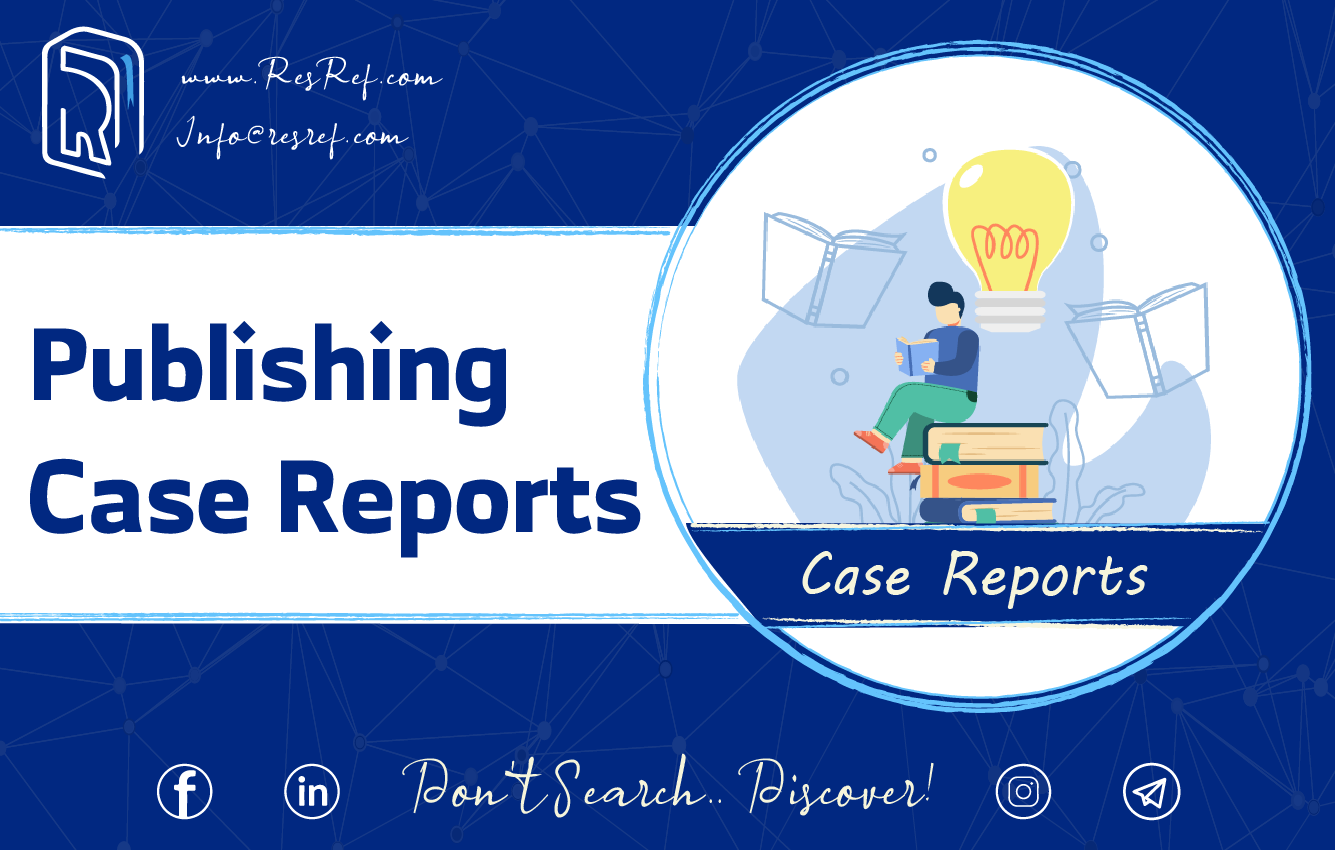
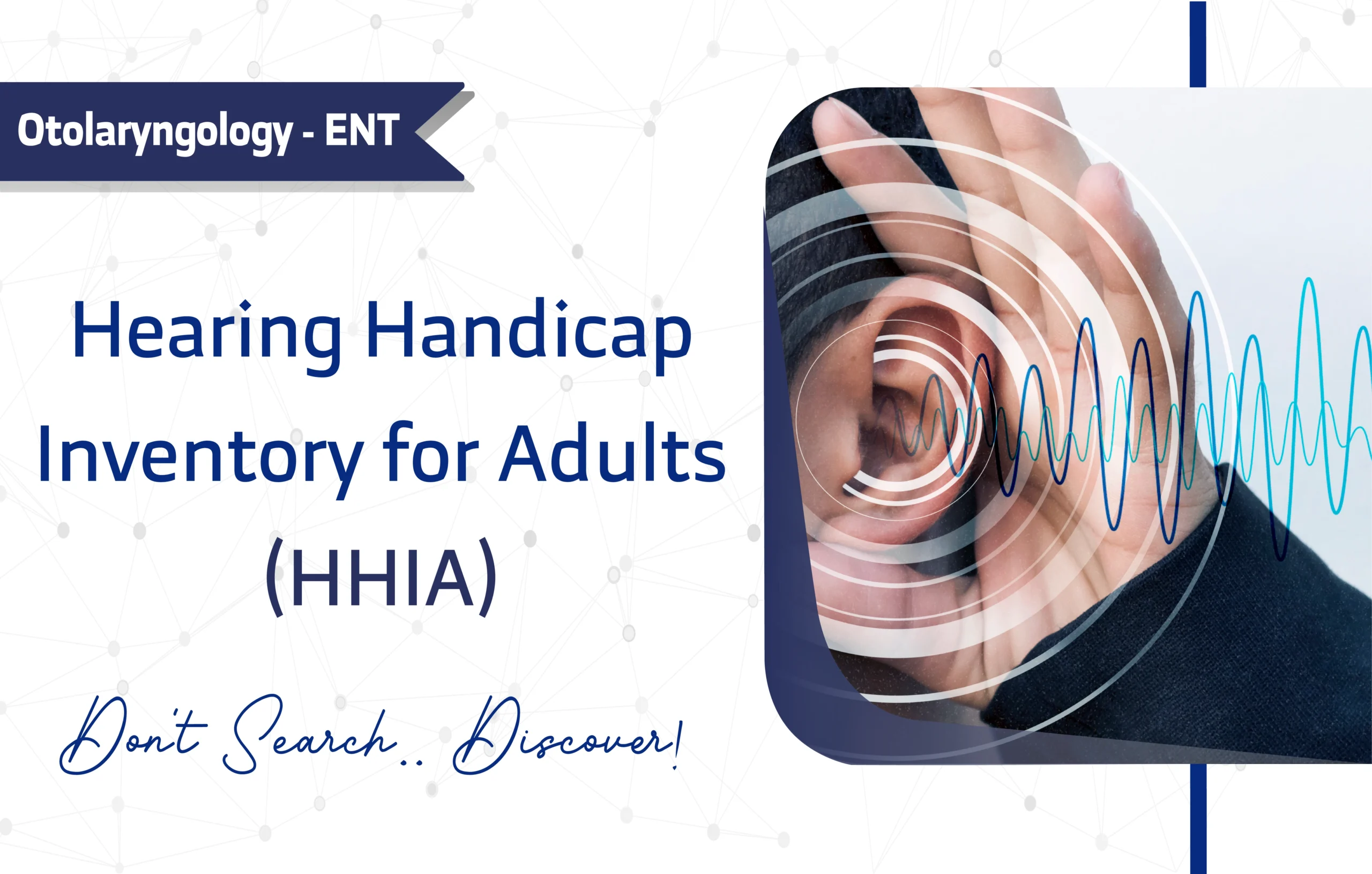
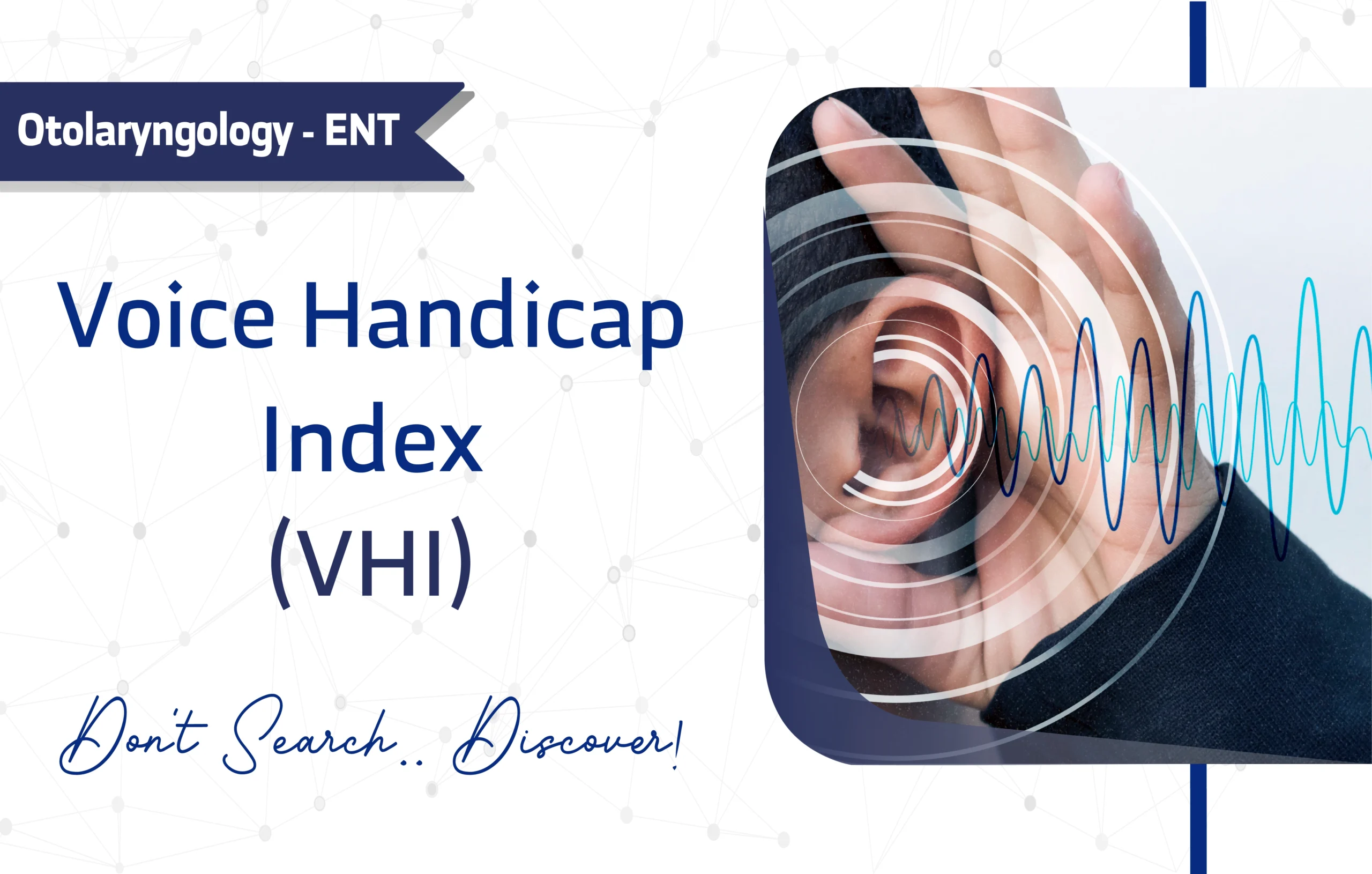

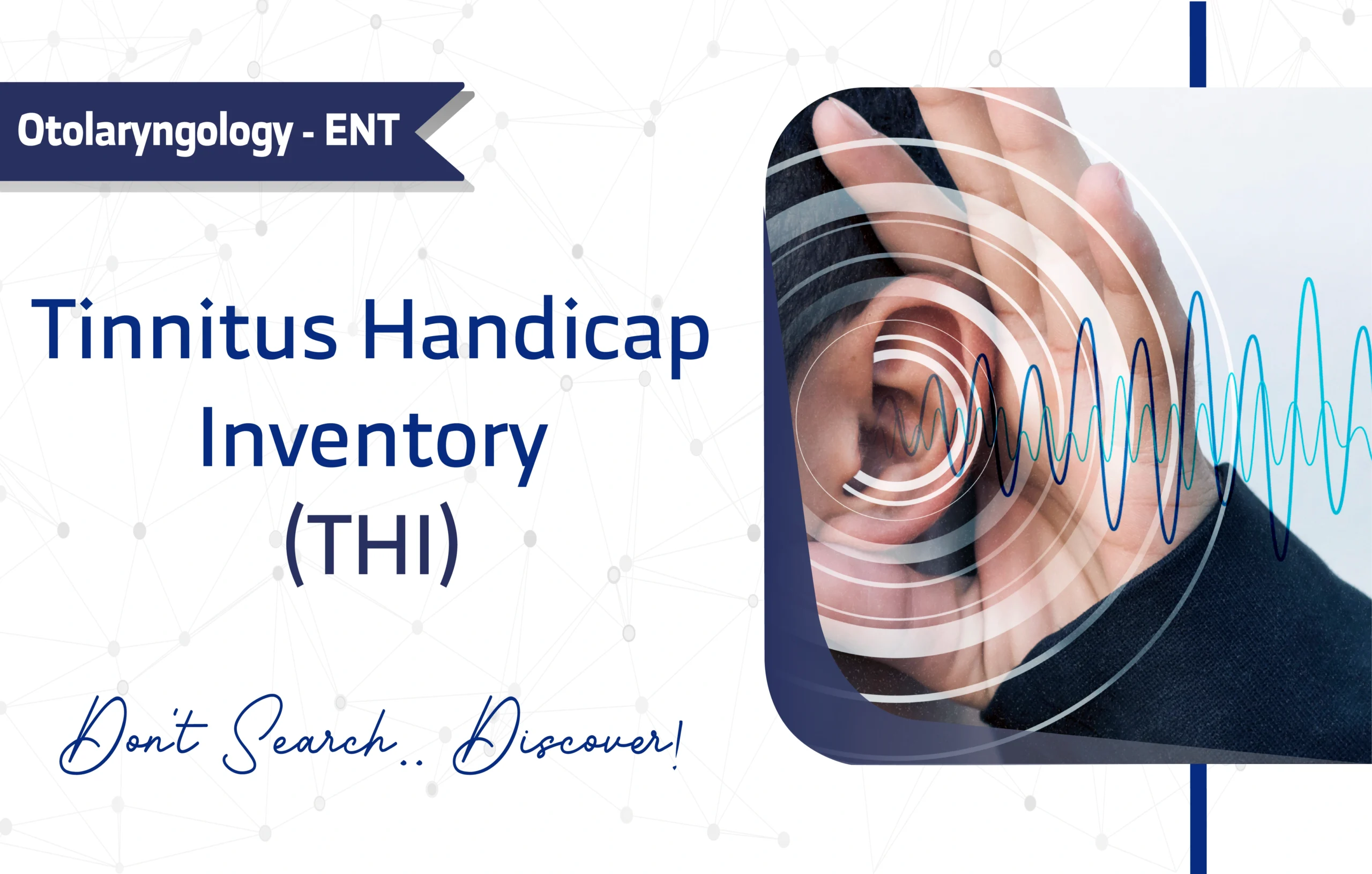
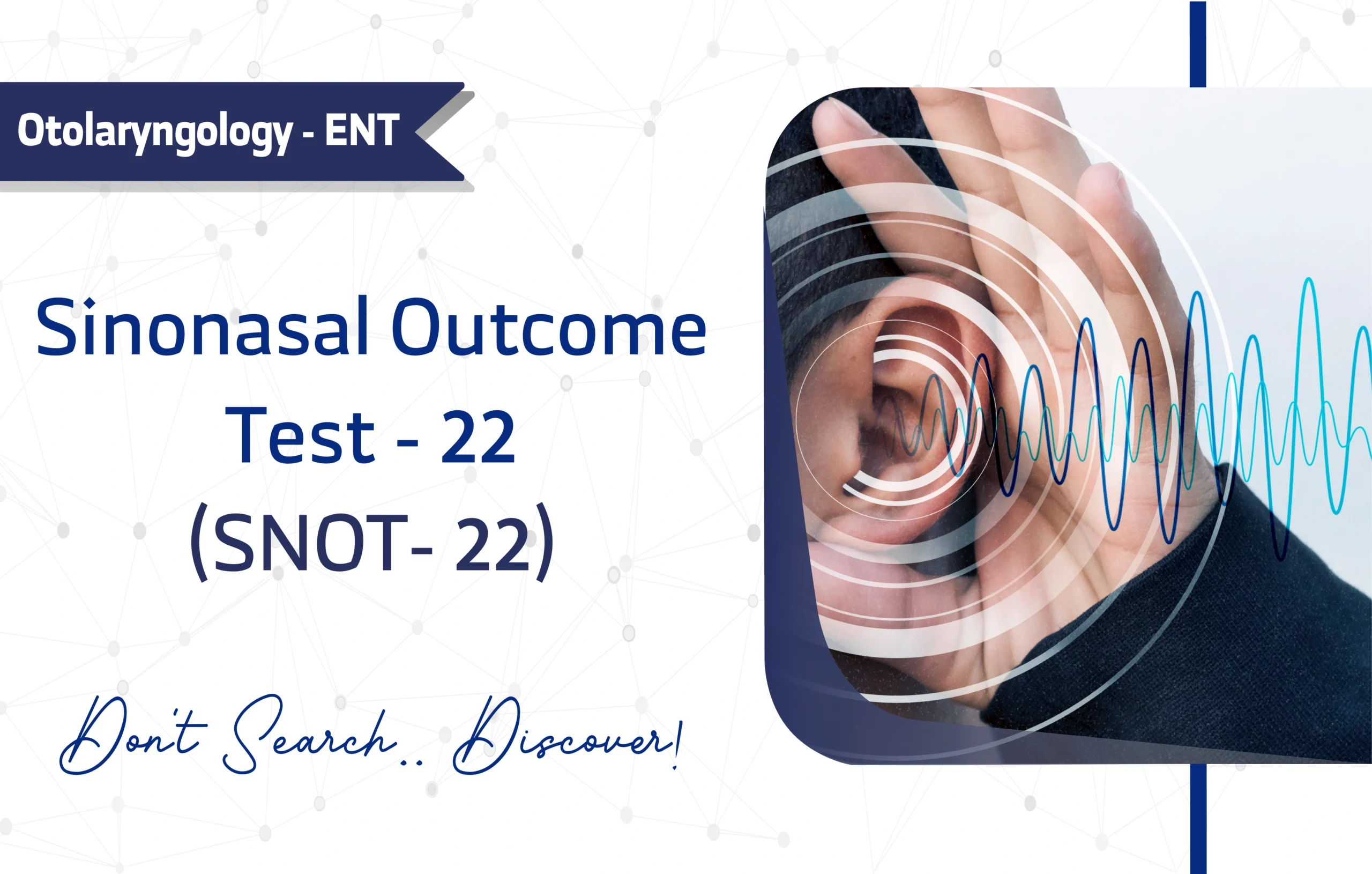
1 thought on “Myositis Activity Profile (MAP): A Full Guide for Researchers and Clinicians”
I am glad to be a visitant of this arrant web site!, regards for this rare information!.